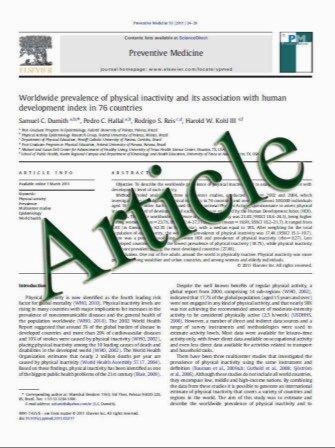Biodegradable polydioxanone stents: a new option for therapy-resistant anastomotic strictures of the colon
- نوع فایل : کتاب
- زبان : انگلیسی
- مؤلف : Vلclav Janیk & Ladislav Horلk & Jan Hnanیèek & Jiّی Mلlek & Hans-Ulrich Laasch
- چاپ و سال / کشور: 2011
Description
Objectives To assess the outcome of self-expandable, biodegradable stent insertion for anastomotic strictures following treatment for rectosigmoid carcinoma. Methods Three male patients (median age 66) developed benign strictures after radiotherapy and resection of a recto-sigmoid carcinoma. These were resistant to balloon dilatation and prevented stoma reversal. Biodegradable stent insertion was performed as an experimental treatment on a named-patient basis with approval of the institutional review board. Patients had monthly followup with endoscopy and contrast medium enemas to monitor performance and degradation of the stents. Results All stents were placed successfully without complications after pre-dilatation to 20 mm under fluoroscopic guidance. Stent degradation occurred in all patients 4– 5 months following implantation, and long-term anastomotic patency was demonstrated in all. This allowed reversal of the colostomy and physiological defecation in two patients. Reversal was not undertaken in one due to subsequent development of liver metastases. No stent migration or occlusion occurred. Conclusions Biodegradable stents can maintain an adequate lumen across anastomotic strictures resistant to balloon dilatation. They seem to allow stricture re-modelling resulting in maintained dilatation after degradation. This potentially allows reversal of a colostomy, which might otherwise be prevented by stricture recurrence.
Eur Radiol (2011) 21:1956–1961 DOI 10.1007/s00330-011-2131-5 Received: 23 August 2010 / Revised: 7 March 2011 / Accepted: 10 March 2011 / Published online: 30 April 2011


